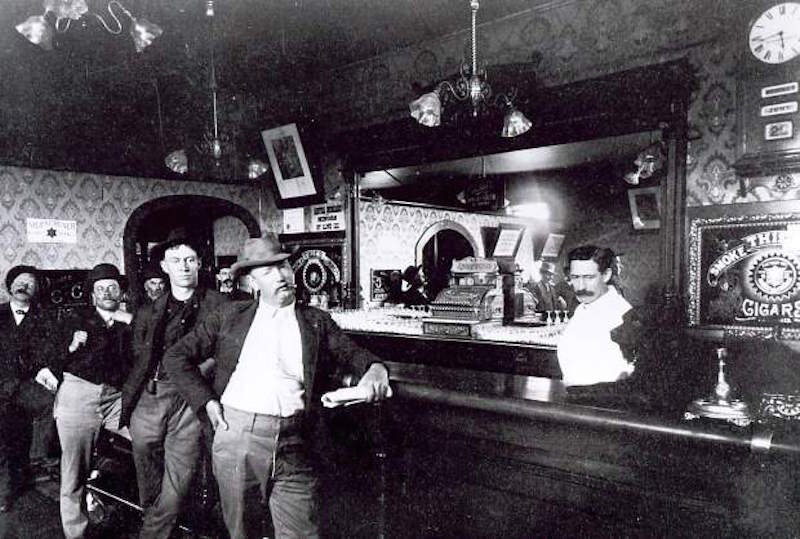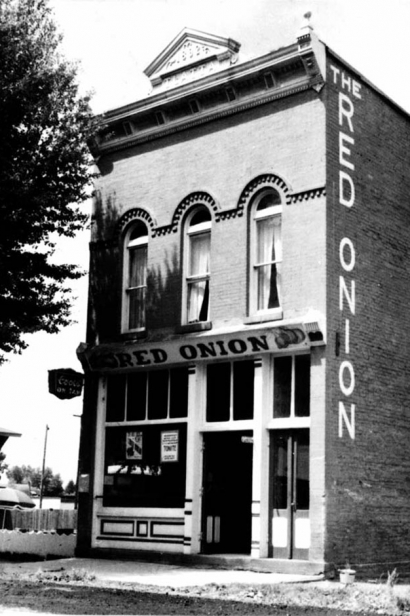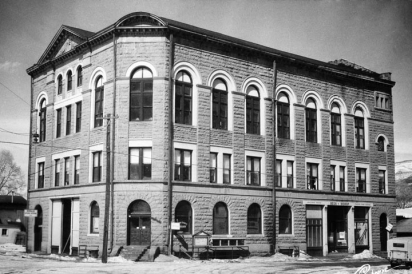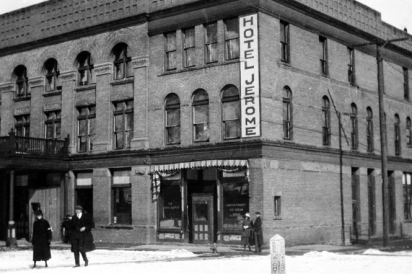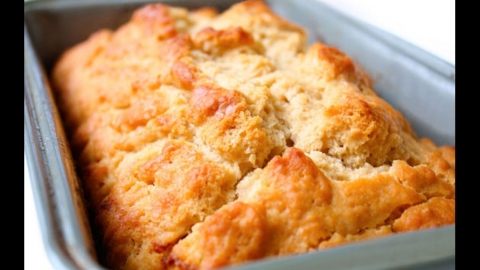A Buzzy Tour of Aspen's Historic Saloons
“Here’s to educational drinking,” says Mike Monroney, clinking his glass against mine. Monroney, a longtime local, is a history coach and community trainer for the Aspen Historical Society, is the leader of the Society’s popular weekly Historic Pub Tours.
Launched in the summer of 2014, the hour-long libational outings were an immediate hit; this winter, they’ll run through mid-April before resuming in June. The tours include stops at three bars of historical significance, and include a signature drink and anecdotal commentary by Monroney. They’re a distinctive (and buzzy) way to learn about Aspen’s diverse history—mining boom town and ranching epicenter to its present incarnation as world-class ski resort. For someone like me, who finds history tough to read about but compelling when experienced first-hand, the Historical Society tours (which include local ranching and mining history, amongst others) are the ideal way to learn about Aspen.
The Roaring Fork Valley has a small but well-defined mixology and distillery scene that’s garnered national accolades, but the area’s affinity for imbibing has been around since the 1890s, when Aspen was cashing in on its silver mines. The population at its peak topped 12,000, and there was no shortage of saloons where miners, ranchers, and businessmen could slake their thirst.
One of Aspen’s oldest, continuously-running bars is The Red Onion. Built in 1892 by Tom Latta, an Italian immigrant who came to the area to help build the railroad (his name is still inlaid in the foyer tile), it was originally called the New Brick Saloon, but locals nicknamed it the “Red Onion,” which was the lingo at the time for something one-of a-kind. It’s the first stop on the pub tour, then, for obvious reasons.
After we’re handed lowball glasses of the “Last Dollar” (Buffalo Trace Bourbon, Solerno Blood Orange Liqueur, orange bitters, ginger beer), Monroney talks about the “Red O’s” history. Following the silver bust at the turn of the century, Aspen’s population dwindled and ranching become the sole economy; Prohibition further dried up the saloon scene. Yet the bar, which went through various changes in ownership, was as tenacious as the remaining Aspen residents, and as the ski industry launched post-World War II, it again thrived.
It was purchased by Johnny Litchfield, a veteran from the 10th Mountain Division, in 1947, before being sold in the 1950s to Werner Kuster and his partner Arnold Senn. The two expanded the space to include a restaurant and nightclub, and the venue hosted the likes of Billie Holiday and Louis Armstrong. The rest is the proverbial history, and today, The Red Onion still retains its original bar and back bar. It’s a favorite après and late night spot for locals and visitors.
The second bar on the tour was Justice Snow’s (note: for the winter season, Aspen Brewing Company is replacing this stop). Located in the 129-year-old Wheeler Opera House- which reopened January 8 after nearly $4 million in upgrades- the space was originally designed as a bank. It was eventually turned into a restaurant and bar (prior to Justice Snow’s, it was Bentley’s, a much-loved, if dated, working-class watering hole).
In 2012, current bar owner Michele Kiley opened Justice Snow’s (named for a 19th century local Justice of the Peace), with the goal of returning the space to its original splendor. The décor, featuring mostly original materials, is more high-end Victorian brothel-meets-Old West saloon, and the bar program has received national acclaim. We were served the “Killer Kiley,” named for Michele Kiley’s father, who commanded a Sherman tank during World War II. A blend of cherry juice, Bib & Tucker Bourbon, Amaro Nonino, Contratto Bianco Vermouth, and gin-barrel-aged bitters, it’s a lethal, compelling libation. Visit Justice Snow’s, and you’ll have a literal book of cocktails to choose from, and an experience connoisseurs of cocktails and esoteric spirits shouldn’t miss on a visit to Aspen.
Our final stop was the Hotel Jerome’s legendary J-Bar. The hotel opened in 1889, a pet project of entrepreneur and mine owner Jerome B. Wheeler (yes, the Opera House is named for him). It was the epitome of glamour and technology for Aspen at the time, boasting the only public restroom and elevator in town; it was also one of the first buildings west of the Mississippi to have full electricity. There was also a livery, and accordingly, many travelers would hit the Victorian-styled bar for a drink upon arrival. Today, despite a number of renovations, the bar retains nearly all of its original trappings, from hand-carved Chinoiserie Chippendale bar, and stamped tin ceiling, to hardwood floors—and it still packs them in, especially for après ski.
When Prohibition hit, the Hotel Jerome found a creative solution to satisfying its customers’ cravings for the hard stuff. The bar, which had been converted to a soda fountain, began serving what became known as “Aspen Crud”—essentially, a vanilla milkshake spiked with whiskey. Today, the Crud contains Jim Beam and a dash of Luxardo and remains a menu staple, but more important, it’s a nod to Aspen’s heritage just like the pub excursions. Says Monroney, in between anecdotes, “They’re are a way of attracting people not drawn to traditional tours. We appreciate these buildings so much, and this is a fun way to experience and share their history.”
Historic Pub Tours, $20, Thursdays, 3:30-4:30 p.m through April 17. Space limited, reservations required, 970.925.3721. Each stop includes a short cocktail.


